Fudd Friday: Harrington & Richardson Just Don't Get No Respect

Most people would more-or-less agree on the names of the great American gunmakers. Remington, Winchester, Colt, Browning, Smith & Wesson and Savage if you’re talking about the true pioneers of modern mass firearms manufacturing. Ruger and Mossberg if you want to add a couple who joined in the 20th century. But there’s one company with a history that stretches all the way back to the 1870s, building designs that survived for more than 100 years. That company is Harrington & Richardson, aka H&R, and it’s a company that deserves more respect—especially for its single-shot rifles and shotguns.
Single-Shot Firepower @ TFB:
Born in 1871
The company started when Frank Wesson put his single-shot rifle into production with Gilbert Henderson Harrington in 1871, under the Wesson & Harrington name. At that point, Wesson had been designing and building cartridge-firing rifles since the 1850s, when most other manufacturers had been stuck on muzzleloaders. They must have been relatively successful because in those days, just staying in business was successful, but Wesson bailed after a few years. In 1875, William Augustus Richardson bought in, and thus, Harrington & Richardson was born.
You’ll see their old firearms show up in antique auctions and other Wild West-related settings, but they certainly didn’t have the popularity of the big names like Winchester and Colt. But they stuck around, eventually settling on the break-action long gun designs that they became so well-known for. Around the turn of the century, they introduced the Model 1900, a gun that looks pretty much exactly like the same shotguns they were building 100 years later, if you squinted.
They made a lot of other stuff as well—they built budget-priced revolvers, in particular, often in lower-powered calibers and aimed at the self-defense market. Their handguns usually came with some sort of gimmick along with the low pricing, something like extra capacity (a 7-round or 9-round cylinder). And in World War II, they built Garand rifles on a government contract. These USGI rifles are considered by many to be the best Garands you can buy, built towards the end of the war when the design and manufacturing processes were perfected. They also built the Reising submachine gun. After World War II, they produced the T223 (a copy of the H&K G3, chambered in 5.56 NATO) as well as M14 and M16 rifles for the military.
H&R innovated with a .22 Magnum semi-auto when other manufacturers were loath to try the high-pressure round in a blowback action. They didn’t confine themselves to cheaper firearms; they built the high-end H&R 300 and 301 rifles on imported actions.
The last truly outside-the-box idea the company had was probably the .32 H&R Magnum cartridge, designed in conjunction with Federal in the mid-’80s. The revolvers they chambered in this and other rounds never became as popular as guns like Smith & Wessons or Colts, although they obviously had their fans; the Model 999 top-break revolver had a 1932-1986 production run. But in ‘86, H&R went bust and when the company revived as H&R 1871 in 1991, the lineup increasingly focused on single-shot rifles and shotguns.
Single-shots for the masses
H&R’s break-action designs proved strong enough for lower-powered rifle loads and even muzzleloader designs through the mid-20th century. They focused on lower-pressure rounds like .44 Magnum, .45-70 or .30-30, but the reformed H&R 1871 focused on the SB, SB1 and SB2 actions; all basically the same thing, but the SB2 could handle high-pressure rifle rounds like .30-06.
That was my own first exposure to the brand as a young shooter. My hunting buddy bought a brand-new H&R break-action rifle in .30-06 as his first deer gun, and thus we were introduced to all the good and bad things about the brand.
The good side was, this was a pretty accurate rifle, even in our unskilled hands, certainly good enough for a moose, bear or deer at any ranges we would be liable to shoot at in the east coast woodlands. The break-action design meant a short overall length, and the barrel was around 18 inches long, so this was a very handy gun for toting through evergreen thickets.
The bad side was, this thing kicked like a mule. Lightweight plus a lot of muzzle blast from the short barrel meant it wasn’t pleasant to shoot from the bench. And the rifle did the one thing that higher-powered H&Rs grew a reputation for in later production: The action would open itself after firing.
H&R fixed some shooters’ rifles that did this and told others that it was because they had over-lubricated the action. Whatever the case was, my buddy never quite made the problem go away before the rifle itself went away in some deal.
I knew that not all H&R rifles did it, but I steered clear and stuck with their shotgun lineup instead. The first example I ever owned was a Model 1900, which I fed a steady diet of smokeless loads through a few years of ownership, including slugs and buckshot. Perhaps this was unwise, but I was broke back then, and the handy toolless takedown made it easy to bring this gun disassembled in a backpack when I wanted to go hunting on my motorcycle or in a boat. It might have been an ancient design, but it worked, and I appreciated that the long-ago gun designer had thought of some simple improvements to the design, such as cutting a V-notch in the back of the receiver that functioned as a crude rear sight. Basic stuff, but for a poor backwoodsman who could only afford one gun, the kind of person who would have bought this shotgun, that gave the Model 1900 a lot more usability as a slug shooter.
I never had any problems with that gun despite it being well over 100 years old, but I eventually moved it along. I had a whole host of the SB1-series shotguns later over the years; a nice compact 20 gauge that I stupidly sold for reasons I can’t remember. A long 12 gauge that my wife’s younger brother used to start his duck hunting career, although it was almost as punishing on the user as it was on the ducks, if loaded with magnums. And two in particular stand out. The first was a stainless-finish 12 gauge Survivor model that, again, had tremendous kick if loaded with slugs or buckshot or 3-inch magnum shells. This might have been the best rabbit and partridge gun I owned, because it weighed nothing and no matter how soggy the weather was, you didn’t have to worry about getting it all marked up with fingerprint corrosion. I even took my second deer with it; I traded it off to buy a coach gun years later, and probably shouldn’t have. It was a great-handling, practical woodsman’s gun after I replaced the janky “survival” stock (complete with a storage compartment!) with a standard buttstock.
The other H&R shotgun I really liked was my 10 gauge. A lot of people questioned my sanity when I bought this, thinking it would kick like a mule. Au contraire! This was a ridiculously heavy gun for a single-shot, weighing in at 9.5 pounds; the story I heard was, H&R actually put lead weights in the stock, to soak up recoil. Whatever they did to add weight, it worked, because this gun was not bad to shoot at all. But boy, did it ever hit hard, downrange. It was a great gun for late-season black ducks, migrating in from northern Canada with downy undercoats that functioned like a flak vest.
Unfortunately, no matter how good a single-shot gun is, it’s still a single-shot, and when you live far from a major migration route and late-season shots are rare, you want to have a second and third shot on-hand, to make the most of that spot-and-stalk work in the marshes. When I bought my 10-gauge BPS, the H&R was redundant, and off it went.
It’s too bad, because it was also a great gun for deer hunting. In areas where I was restricted to buckshot, it had the hardest-hitting load I could find at that time, just the ticket for the big 200-pounders that roam the woods near my house. But I didn’t see it that way at the time and off it went.
The final years
In the last decade or so of its existence, H&R had some of the most beginner-friendly, accurate and reliable rifles that a cash-strapped buyer could find in North America. Its shotguns were very decent for budget-minded buyers as well, even the re-branded made-in-China pump-actions and Turkish semi-autos it sold under its name. But the best part of their lineup was that a buyer could mix-and-match their rifles and shotguns.
Ever since at least the 1970s, H&R had sold two-barrel combos, offering rifle barrels (in low-pressure cartridges) and shotgun barrels that could be swapped out on the same frame. In later years, they expanded this to a factory re-fit program; send your rifle or shotgun in, and they would fit extra barrels to it at a very reasonable price. There were some restrictions (you couldn’t put a high-pressure rifle barrel on an SB1 shotgun frame), but generally, this was a very affordable way of getting basically the same deal as a Thompson/Center combo, but a lot cheaper. Lots of people even bought the barrels and did the gunsmithing themselves, fitting them to receivers by hand.
To me, one thing that makes a gunmaker great is their ability to inspire DIY improvements, and H&R did this very well in its final years, with forum members sharing tips on ways to fit new barrels or squeeze more accuracy out of their rifles.
But one rifle from a competitor basically ended all this. When the Savage Edge came to market (later rebranded as the Axis), it was cheaper than even the H&R single-shots, and you got a repeating bolt-action for your money. Other budget-priced bolts followed, and H&R was less and less competitive. Eventually, Remington pulled the plug in 2015 (Remington bought H&R in 2007, from Marlin, who’d bought it in 2000). That was the end of 140+ years of mostly steady production of budget-friendly, accurate firearms from one of America’s oldest gunmakers.
The H&R name is back in business again, as the brand was sold off in Remington’s bankruptcy. Palmetto State Armory brands some of its ARs as H&R firearms, ostensibly to honor the company’s past in building early-production M16 rifles for the Vietnam War. They’re also going to bring in lever guns under the H&R name.
I guess that’s cool, and it is good to see PSA keeping the brand alive. But it’s kind of a bummer to see the stuff that kept H&R alive over the years, the slightly wonky revolvers and the basic single-shots, disappear. The things that made those guns good when they were introduced would still make them useful tools today.















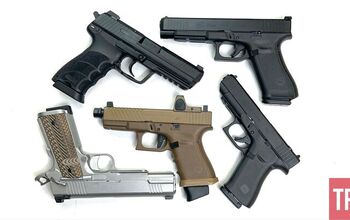
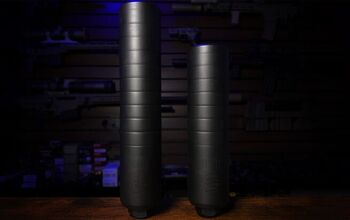
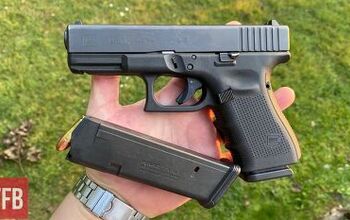
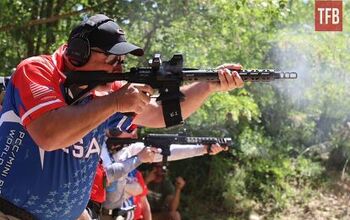
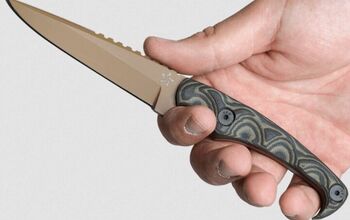
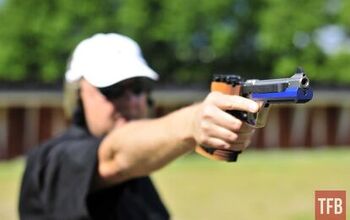
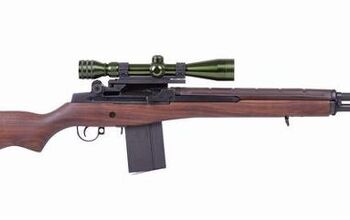
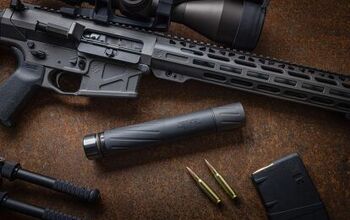

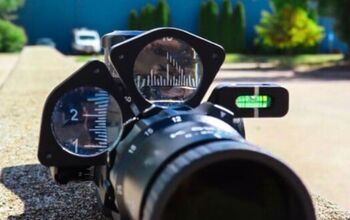



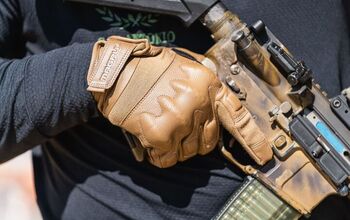

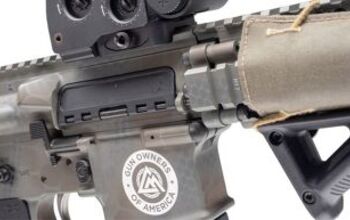
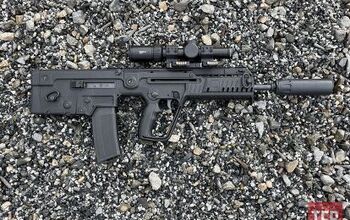
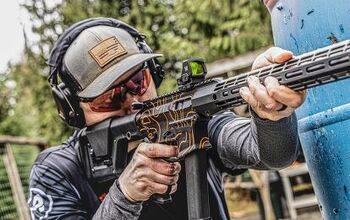
Comments
Join the conversation
Some drunk left an h&r 999 in my ex-wife's truck and she gave it to me. Shot it a couple times, worked on it a little, then threw it out. Never gonna miss it.
I have a Sportsman long range 10 gauge magnum and some ammo for it. Model 176